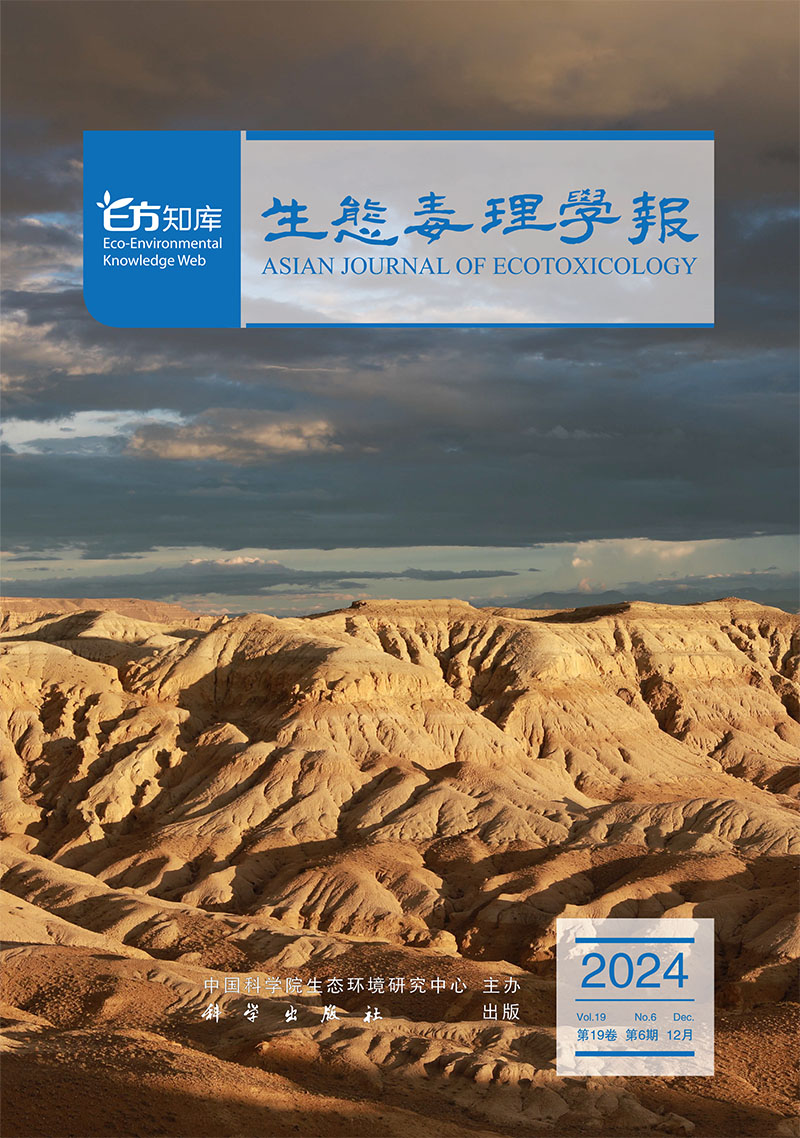Sources, Distribution and Major Transformation Process of Typical Endocrine Disruptors in the Environment
- Received Date: 04/01/2018
-
Key words:
- EDCs /
- soils /
- sediments /
- spatial distribution
Abstract: Endocrine disrupting compounds (EDCs), a kind of emerging pollutant, have the character of hydrophobicity, low-concentration effects and long half-life. They have been globally detected (and are still being detected) in soils/sediments, making a serious menace to the environment. In this paper, the sources, concentrations, spatial distribution and adsorption properties of EDCs in soil/sediments are comprehensively reviewed. Numerous publications have shown that the sources of EDCs involved agriculture, industry and household wastes. In spatial distribution, the concentration of EDCs in marine sediments is usually lower than that in river sediments, and the levels of EDCs in soils/sediments of urbanized and highly industrial areas are much higher. In terms of adsorption property of EDCs, it has been affected by the physicochemical properties of soils/sediments, its own characters and the environmental conditions. In general, the adsorption capacity is positively correlated to the organic contents in soil, the soil maturity and the specific surface area of soil particles. The type of clay minerals also has influences on the adsorption. In addition, the hydrophobicity and structural features are related to the adsorption capacity. The increase of temperature and pH shows the disadvantages to the adsorption of EDCs, while the increase of ionic strength has a positive effect. In summary, the adsorption of EDCs on soils/sediments is a complex process, which needs further explorations.





 DownLoad:
DownLoad:
